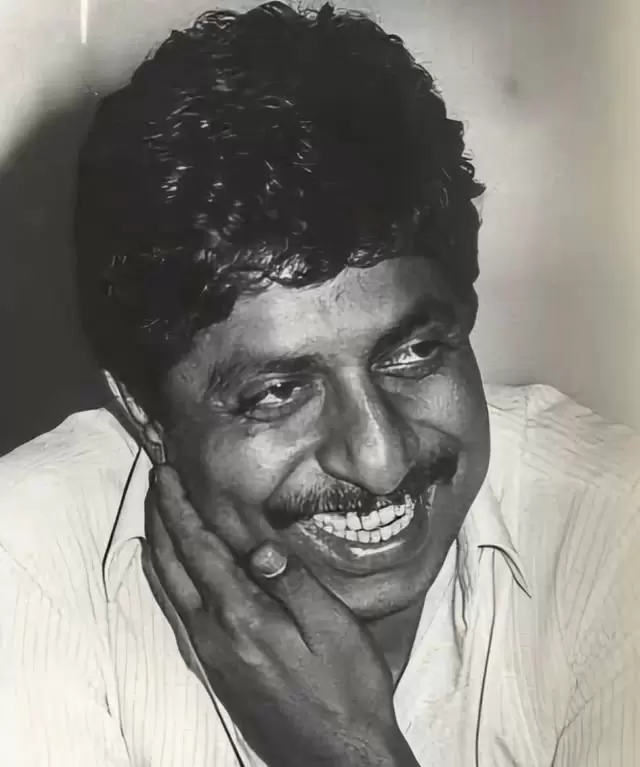Will Indian origin author be the first to win a Booker after Pulitzer?

04-October-2013
Vol 4 | Issue 40
Jhumpa Lahiri’s characters live on the cusp between the Indian and the American, whether they are located in India or America.
Her stories are often about Indians in America and India and Americans in America and India. She is most interested in how this intermingling affects them and how they cope with the experience.
 |
|
Jhumpa Lahiri's latest book, ‘The Lowland’ has been short-listed for the Man Booker Prize this year (Photo Courtesy: Random House India)
|
Her latest book, ‘The Lowland’, takes this theme forward. It is story of two brothers, inseparable while growing up, who are separated by a violent death.
The brothers are Subhash and Udayan who are raised in a house in Tollygunge in the Calcutta of the Sixties where Udayan joins the burgeoning Naxalite movement and becomes a victim of it. Udayan leaves behind his wife, Gauri, who thereafter moves to America as the wife of the older brother, Subhash.
While telling her story, Lahiri also deals with three generations of women in the Mitra family. There is Bijoya, the mother of Subhash and Udayan, a traditional Bengali homemaker who has to deal with the most unusual circumstances arising out of the violent death of her son, Udayan, and does so in the most Indian of ways.
Then there is Gauri, married first to Udayan and then to Subhash, who moves from India to America as she grapples with her destiny. Finally, there is Bela, the daughter of Gauri, who is born and shaped by America.
‘The Lowland’ (published by Random House) is as much the story of Gauri, as it is that of Subhash and Udayan. But, in retrospect, Gauri is probably the most realised character in the book. Lahiri’s trademark – the frisson between Indian characters and America – is on full display here.
The heart of the story is how Gauri achieves self realisation. It struck me that while Lahiri’s last book was called ‘Unaccustomed Earth’ this one is titled ‘The Lowland’.
Lahiri’s concern clearly is in laying bare the connection between the land and the characters that inhabit it. The lowland is the open land behind the house in which Udayan and Subhash once lived.
It also recalls Tollygunge where they spent a lot of time while growing up. It also seems to resonate in the manner Udayan is killed by the police.
But one has a nagging suspicion that Lahiri is referring to something more throughout the book. Whether it is the brutal suppression of the Naxal movement – although she does not seem to have any overt sympathy for it – or the alienation of life in the US, it is not clear.
Perhaps she is referring to both or either. Perhaps she wants to leave readers guessing. If that is indeed the intention, then she has succeeded in doing so rather well.
You also wonder what an American woman would do in Gauri’s circumstances. Would her impulses have been different? You can feel, as the story progresses, Gauri’s ‘Indian-ness’ falling away and you see her reacting more and more as a women rather than as an Indian or American woman.
As the boundaries between the two men in her life appear to blur, the choices she makes are more and more dictated by the environment she lives in: a university town in the state of Rhode Island on the eastern seaboard of the US, and later in a small university town in California on the west coast.
The third generation of the Mitra women is embodied by Bela, Gauri’s daughter. She is a child of America, the only country she really knows. Everything that she does, including the choices she makes in life, are true blue American. If her name had been Bella Smith it is unlikely that she would have acted differently or made different decisions in her life.
This is ultimately about assimilation. Although it is not a profound theme, the novel provides Lahiri with the luxury of developing it.
It would be wrong to say the story is written to develop this theme, but the theme does get substance as Lahiri’s story unfolds and one can see how as new generations of Indians emerge in America they increasingly discard something that can be termed as their ‘Indian-ness’.
Lahiri, who is a recipient of the Pulitzer, a PEN/Hemingway Award, the Frank O’Connor International Short Story Award and a Guggenheim Fellowship, always keeps a tight control over the material she is working with.
There is a beauty to her prose – a very stark beauty sometimes – that is appealing. Often the material in the story is difficult to handle, but she manages the challenges deftly.
She clearly has her finger on the pulse of the reader because just when you think her story is flagging, she introduces a new angle which draws you into it once again.
The author, who has enthralled her readers with short stories, is now quite clearly developing a mastery over the longer version. It comes as no surprise then that the book has been shortlisted for the Man Booker Prize this year as also the National Book Award in the US. - Women's Feature Service















